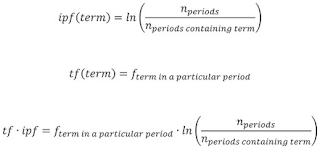Week 11: Interactive Visualization: Insight Through Inquiry / Bill Ferster's ASSERT Model

Week 11: Interactive Visualization: Insight Through Inquiry / Bill Ferster's ASSERT Model Insight and Visualization Bill Ferster gives the understanding of his work by defining interactive visualization as a user's ability to dynamically interact with data and create insight for expansion upon what the designer originally intended (8). Through the breakdown of visual experience and understanding how people interact with data, we're can be aware as to how we need to prepare material to not only educate, but also to invoke new perspective and dynamically evolve our question asking. Ferster ultimately is writing to educators, detailing how a next level mode of personal interaction with data can spawn and create new discussion, new questions, and new insights to topics that have been explored from a surface point of view. The model he uses to break down his thoughts is created by Jesse James Garrett in 2003, titled Elements of User Experience, employs a methodology...



